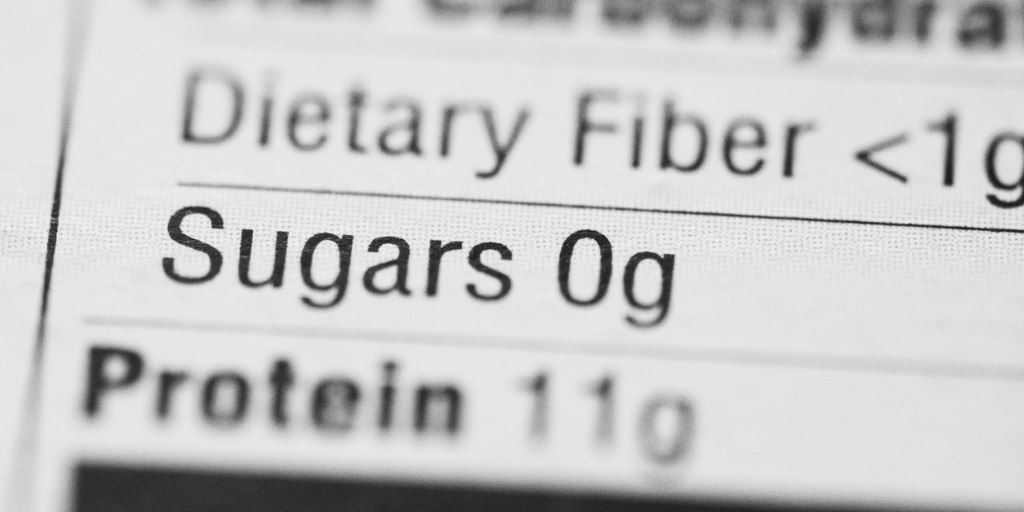January 2nd, 2025 | 2 min. read
By David Younkins, Certified Health Coach
January 2nd, 2025 | 2 min. read
By David Younkins, Certified Health Coach

Sweet treats are everywhere — cookies, cakes, drinks, and snacks that tempt us daily. While these indulgences are enjoyable, they often come with a hefty sugar load.
Understanding the types of sugar in your diet — natural or added — can help you make more mindful choices without missing out on the foods you love.
As a health coach with a master's degree in nutrition and a nutrition specialist certification, I have helped countless patients with sugar in their diets.
Here’s how to strike a balance and keep your sugar intake in check.
Sugar can sneak into your diet unexpectedly. When you check nutrition labels, “total sugars” combine natural and added sugars to show your overall intake.
Pay close attention to nutrition labels on items like sauces, snacks, or desserts. Free apps like MyFitnessPal can help you track your sugar intake for a few days to see where you stand.
Sugar can also hide in foods like salad dressings, marinades, and even canned vegetables.
Sources of natural sugars are the better option. These are found in whole foods like fruits, vegetables, and dairy and come paired with nutrients like fiber, vitamins, and minerals that benefit your body.
There is nothing inherently better about natural sugar, per se, but since sugars usually occur in food "packages," they come with key nutrients, like the antioxidants in berries or Vitamin A in sweet potatoes.
Tip:
Keep your limited, total sugar intake focused on whole, unprocessed sources of sugar to maximize the benefits and avoid overloading your system.
Added sugars are exactly what they sound like — sugars added during processing or preparation. These types of sugars have little to no nutritional value and can quickly add up.
They can cause rapid blood sugar spikes and crashes, leading to energy dips and cravings, and all without offering the nutrients found in natural sugar.
The glycemic index (GI) measures how quickly foods raise blood sugar levels. Foods with natural sugars and fiber tend to have a lower GI, meaning they provide a slower, more consistent release of energy.
Tip:
If you're indulging, pair sweets with fiber or protein to help slow sugar absorption and keep your energy levels more stable.
The goal is balance, not perfection. Your daily added sugar intake should be less than 10% of your total calories. This would be less than 150 calories on a 1,500 calorie diet, or less than 37 grams/day.
Instead of stressing over every bite, focus on moderation. Aim to keep sugary foods to about a handful per meal or snack, and try to balance them with protein and fiber-rich foods to support steady energy levels.
By understanding the differences between natural and added sugars, you can enjoy the foods you love without sacrificing your health. Focus on moderation, choose nutrient-rich options when possible, and savor every bite.
If you need more help with managing your sugar intake or understanding how it impacts your health, PartnerMD can help.
As a member of PartnerMD, you can take courses through our Wellness University. And, with a PartnerMD membership, you can connect with your personal doctor and health coach, who'll guide you every step of the way.
Ready to talk to someone about joining PartnerMD? Fill out the form on this page and one of our membership experts will contact you.
David Younkins, Certified Health Coach
As a certified health coach at PartnerMD in Richmond, VA, David Younkins's passion is understanding how the relationship between your body’s systems and processes affects your feelings. He enjoys seeing how you improve your life in many dimensions, beginning with small changes in your behavior by creating a professional friendship.